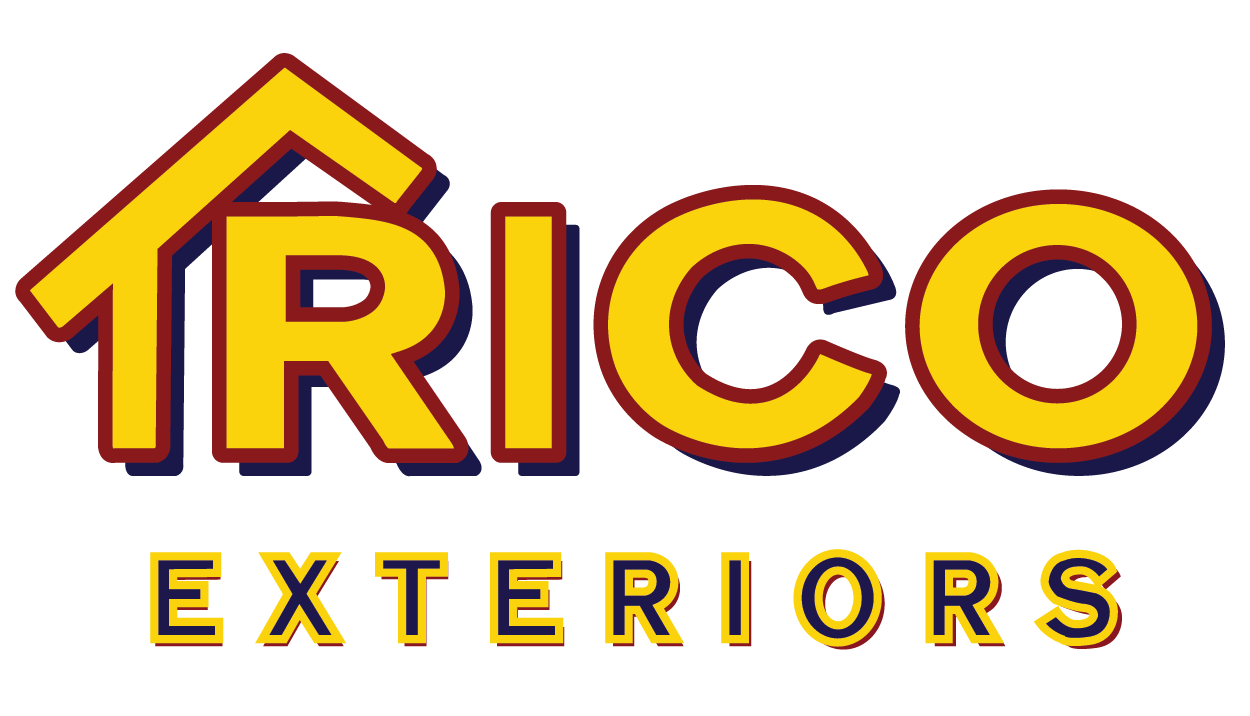
Siding helps protect your home from wind, rain, and the elements. While siding is long-lasting, it does need to be replaced from time to time. If your siding is loose, faded, cracked, or warped, it may be time to consider siding replacement. You should also replace your wood siding if it is showing signs of rot or has been damaged by insects. There are so many siding options that it can be difficult to choose! We’ll try to help you narrow down your options to help you make the best choice for your unique home and situation.
If you do decide to pursue siding replacement, one of your first steps will be choosing a siding material. These days, there are four main options, and each one has its own advantages.
Vinyl Siding
Drive down most streets, and you’ll notice many, if not most of the homes have vinyl siding. There’s a reason this siding material is so popular. It offers excellent home protection at an affordable price.
More specifically, vinyl siding is easy to make and easy to install, which helps keep costs down. It also comes in many different colors, sizes, and patterns, so you can customize your siding to suit your tastes. While horizontal vinyl siding is popular, vertical vinyl siding is a good choice, too. In fact, rain does a great job of rinsing dirt down vertical siding, so you won’t have to clean it as often.
Vinyl siding is impervious to rot and insects. If you live in an area where termites or carpenter ants are a concern, this is a huge advantage. Vinyl siding also won’t warp if it stays wet for too long or if the outdoor temperature fluctuates.
The main downfall of vinyl siding is that it does become a bit brittle as it ages. If you bump into older vinyl siding with a lawn mower, for example, it may crack or chip. Darker vinyl siding may also fade in the sun, although lighter colors tend to be quite colorfast.
Fiber Cement Siding
Fiber cement siding is made from a mixture of wood fibers and cement. It is very durable and offers excellent protection for your home. Insects are not attracted to it, and it won’t warp or distort if the temperature or humidity level changes. Fiber cement siding is also rot-resistant.
You can find fiber cement siding in a range of colors. And if you change your mind, you can paint the siding a new color, transforming the appearance of your home.
The main downside to fiber cement siding is its cost. The material, itself, is generally the most expensive siding material on the market. Fiber cement siding is also heavy and therefore difficult to install, which adds to the cost.
Aluminum Siding
Aluminum siding was once very popular – before vinyl became the siding material of choice. It does offer some key advantages. Aluminum siding won’t rot, and it won’t attract insects. While aluminum does corrode, it does not rust, and corrosion forms quite slowly. As such, aluminum siding can look clean and pristine for many years. It does, however, have to be painted from time to time.
Aluminum siding is still popular with homeowners who want to give their homes a more “retro” look. It’s fairly affordable and easy to install.
One struggle with aluminum siding has to do with the softness of the metal. Aluminum dents easily, so if you bump into your aluminum siding, you’ll leave evidence behind. Some homeowners also report hearing “ping” noises when tree branches or other small debris hits their aluminum siding during a storm. And having to paint siding every few years is too much maintenance for many homeowners.
Wood Siding
Although most homeowners have moved away from wood siding, it can still be a good choice for rustic and cottage-style homes. Wood has a cozy appeal that is hard to replicate. It is also a natural, sustainable siding material. When your wood siding wears out, it will break down and return to the earth without causing pollution.
There are two key reasons why wood siding is not as popular as it once was. First, it is prone to rot. No matter what kind of siding you employ, it will get wet, and all wood siding eventually starts rotting. Once rot appears, termites and carpenter ants may take an interest in the siding. Second, wood siding needs to be painted every few years. Scraping and painting wood siding is a lot of work, and if you skip this maintenance, the siding will deteriorate prematurely. Still, if you love the look of wood, you may be willing to do this maintenance and contend with eventual rot.
Consider the materials above, and think about which one may be the best fit for your needs. If you have any questions or concerns, don’t hesitate to contact Trico Exteriors in Charleston, SC to learn more about our siding services. We install vinyl siding and highly recommend it for its durability, affordability, and low maintenance requirements.




